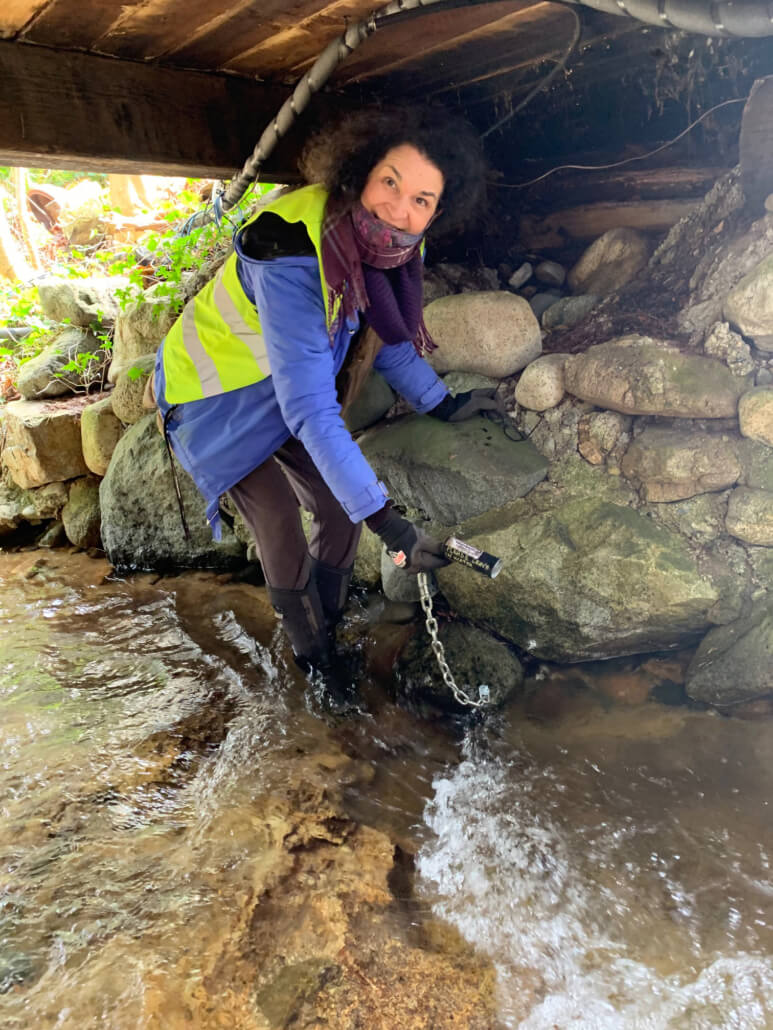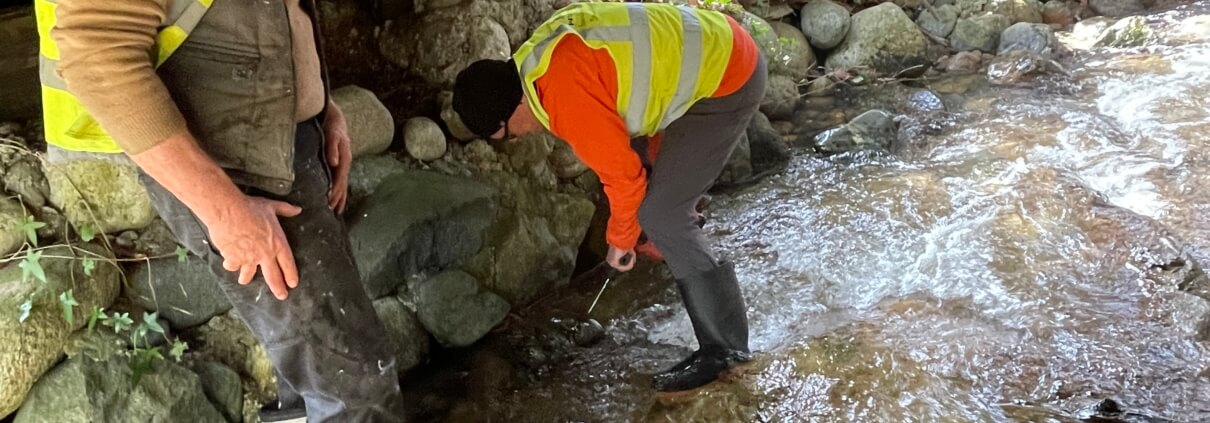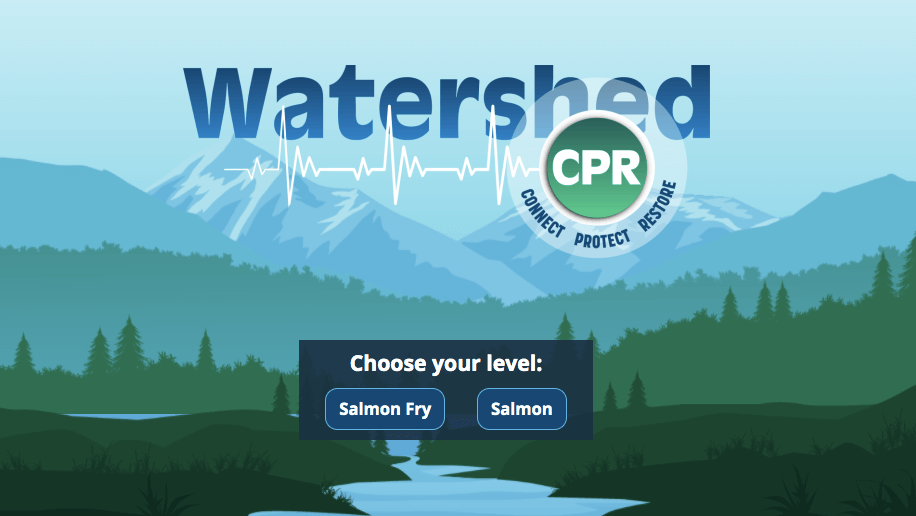Climate Action in the Community
How stewards across B.C. are putting your donations to work
Our community partners are the resident experts in their local watersheds, and when it comes to climate change, they continue to lead the way in salmon recovery. Here’s how they’re helping salmon weather climate change.
SPREADING AWARENESS
Within the context of climate change, education is the first step in building a lifelong ethos of sustainability. With support from PSF donors, the Rivershed Society of BC has designed a virtual Watershed CPR Education Program focused on the Fraser River Watershed. With two unique learning experiences for children and young adults, the Watershed CPR Education Program guides users on a journey through the Fraser Watershed, learning about the river and its inhabitants, exploring personal connections and how to protect one of the world’s most important salmon habitats.
“We believe this program will help inspire the next generation of Watershed Defenders by connecting students to the Fraser River and offering opportunities to think about the role that each person can play in building a healthy and resilient environment.” – Kirstin Hill, Director, Strategic Partnerships & Education Programs

Shirley checks a data logger.
GATHERING DATA
Salmon on the Sunshine Coast face various pressures, including a growing human population and logging activities. That’s why the Sunshine Coast Streamkeepers Society is working to develop a baseline of data with funds from a PSF grant.
“We purchased several data loggers so that we can indefinitely measure air and water temperatures on at least 10 creeks on the Sunshine Coast. We know that when trees and plants in the riparian zone are removed, the water temperatures increase, putting vulnerable salmon fry at risk. With concrete data, we can encourage developers and loggers to make salmon-saving decisions in areas adjacent to salmon streams. Also, as our summers become drier and longer with increased temperatures due to climate change, we will be able to do comparisons with other creeks to know which creeks have the best chance to host salmon populations.” – Shirley Samples, Director, Sunshine Coast Streamkeepers Society

Coldstream researcher Mitiy Diablo studies how juvenile salmon use Xwisten side channel habitat.
KEEPING TAGS ON SALMON
Changing ocean conditions, such as warming temperatures, have shifted marine food webs in the northeast Pacific – possibly a major factor in low returns of salmon to Middle and Upper Fraser River tributaries. With the support of a PSF grant, Xwisten (Bridge River Indian Band, a St’at’imc Nation community) and Coldstream Nature-Based Solutions are tracking the juvenile salmon that leave the Bridge River in Lillooet.
“Xwisten’s out-migration monitoring program will use PIT tags to track fish throughout their life cycle. The program will set the stage for improved understanding of where in their life cycle – be it freshwater, the marine environment or due to migration impediments – ‘bottlenecks’ to salmon productivity occur. Also, in recent years, stray Upper Fraser stocks have made their way into the Bridge River due to blockages at the Big Bar landslide. The program will also inform Xwisten how these strays could be affecting salmon production in the river.” – Dr. Melissa Evans, Coldstream Nature-Based Solutions



